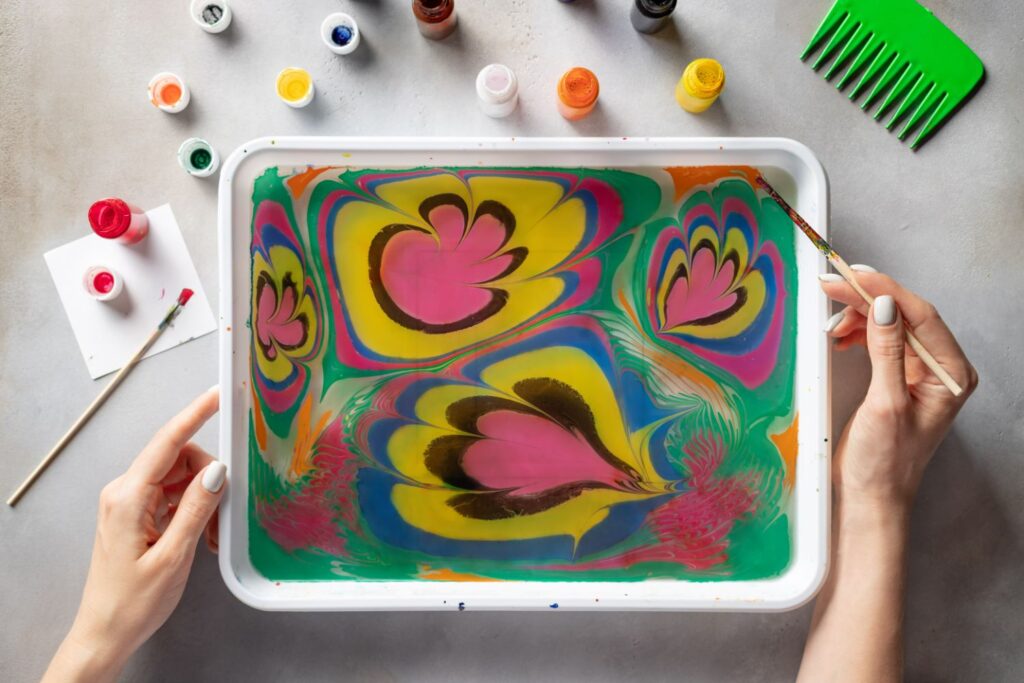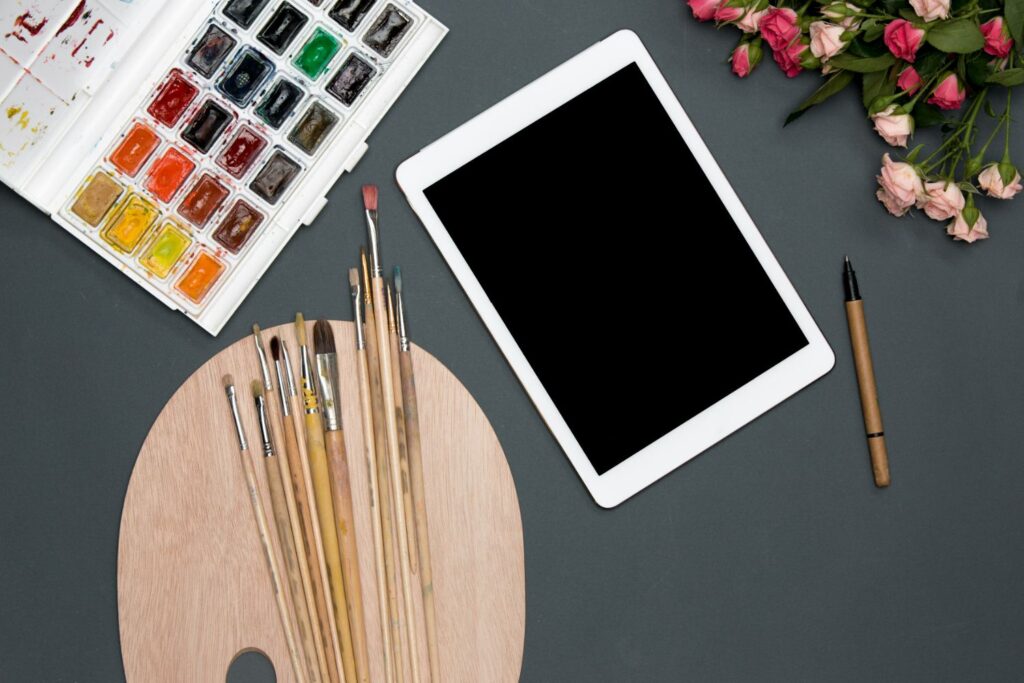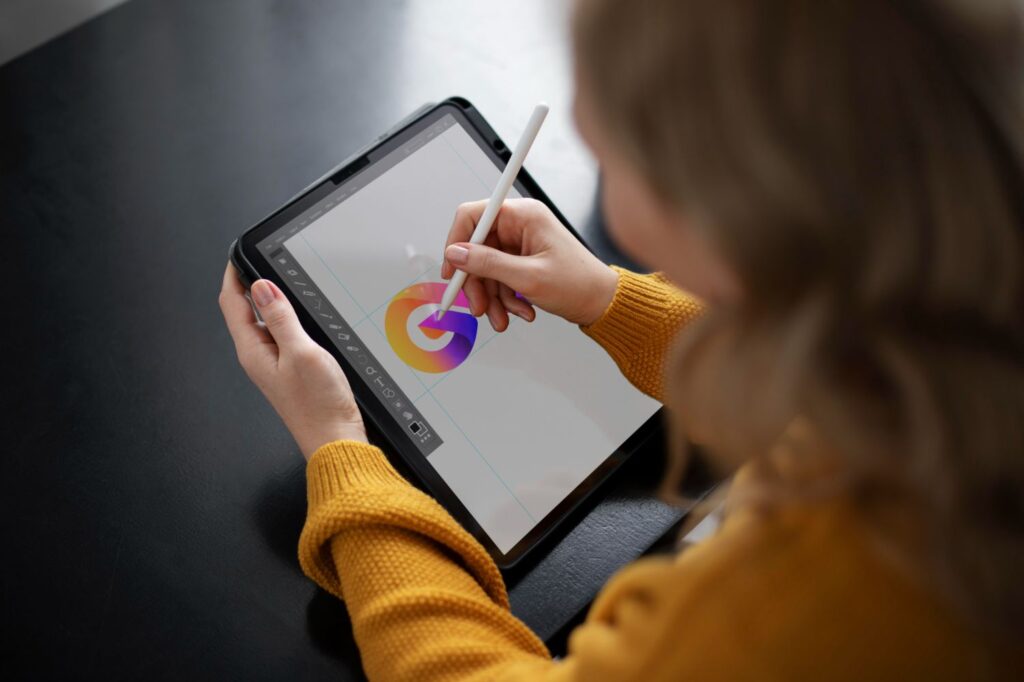Is iPad Art Real Art? A Comprehensive Analysis of Pros and Cons
Digital technology has opened up a world of possibilities for creative expression, with the tablet and stylus becoming increasingly popular tools for artists. As more people than ever turn to their iPads to create paintings and sketches, one question remains: is iPad art real art? In this article, we explore the many aspects of iPad art and weigh up the pros and cons to discover its true place in the world of artistic expression.
Introduction to iPad Art
iPad art refers to the creation of illustrations, paintings, and sketches using iPad devices and a stylus, often with specialized apps designed for professional or amateur artists. With apps like Procreate and Adobe Fresco becoming increasingly popular, many professional artists have switched to digital mediums for convenience and versatility.
The Pros of iPad Art
Ease of Access and Portability
One of the main benefits of iPad art is its portability. Artists no longer need to set up their easels, canvases, and paints in a specific location – everything they need is contained within the iPad. This makes it easier to create on the go, whether sketching on a train or painting in a park.
Versatility of Tools and Techniques
Digital art allows artists to experiment with a range of different tools, brushes, and techniques without the need for a vast collection of physical art supplies. With the ability to switch between pencils, watercolors, oils, and more with a simple touch, artists can explore different styles and develop their skills more easily.
Undo and Redo Options
With iPad art, mistakes are significantly more forgiving. Unlike traditional mediums, where mistakes are often difficult to correct, digital artists can simply undo and redo strokes until they achieve their desired result. This not only saves time but allows for greater experimentation and risk-taking in the creative process.
Unlimited Art Supplies
Traditional art forms require investments in often expensive supplies. Digital art provides an alternative, allowing the artist to access a limitless library of brushes, textures, and color palettes without the need to purchase new materials constantly.
Eco-Friendliness
Digital art allows for the reduction of waste materials such as paint, paper, and canvas. By eliminating the need for physical resources, artists can contribute to a more eco-friendly lifestyle.
The Cons of iPad Art
Lack of Traditional Tactile Experience
The feel of a paintbrush on canvas or the friction of a pencil on paper is undeniably an essential aspect of physical art creation. With iPad art, these tactile experiences are diminished, which may affect the artist’s connection to their work.
Restrictions in Techniques and Textures
Although iPad art offers a view of tools and techniques, it lacks the unique effects achievable with traditional mediums, such as impasto in oil painting or accidental drips and splatters in watercolors. While digital apps are continually improving, they have not yet fully replicated the authentic textures and techniques of physical art.
Dependency on Technology
Reliance on technology can lead to various issues, from technical difficulties to software limitations. Additionally, iPad art requires a constant power source, which may not always be readily available.
Perception and Authenticity
There’s still a prevailing notion that traditional art forms are superior to digital, with some questioning the legitimacy of iPad art as “real” art. This perception may make it more challenging for digital artists to gain recognition and appreciation for their work.
Conclusion: Is iPad Art Real Art?
As with any art form, iPad art has both its pros and cons, but it shines as a genuine medium for self-expression and creativity. While it may never wholly replace traditional mediums, there is a world of opportunity for digital artists to explore, pushing the boundaries of what can be achieved with technology.
In essence, the value of art – whether traditional or digital – lies in the eye of the beholder. As long as iPad art is created with intention, skill, and passion, it is real art and deserves to be recognized as such.
FAQs
1. What are some popular iPad art apps?
Some popular iPad art apps are Procreate, Adobe Fresco, and Autodesk Sketchbook. These apps cater to both professionals and amateurs, offering a range of tools and features for digital art creation.
2. Can iPad art be printed?
Yes, iPad art can be printed on various surfaces, such as paper, canvas, or metal. High-resolution digital files allow for professional-quality print reproductions of digital artworks.
3. Can I make a living as a digital artist?
Many digital artists have successfully built careers in the art world, working as freelancers or for companies in industries such as illustration, animation, and graphic design.
4. How do I get started with iPad art?
To get started with iPad art, invest in a suitable stylus and explore various art apps to discover which features and tools suit your artistic preferences best. Then, practice and challenge yourself with new techniques and styles.
5. How can I improve my iPad art skills?
Improving your iPad art skills often involves consistent practice, exploration of new tools and styles, and seeking feedback from the art community through online forums or social media. Additionally, participating in workshops and online courses can help you gain new knowledge and refine your skills.





